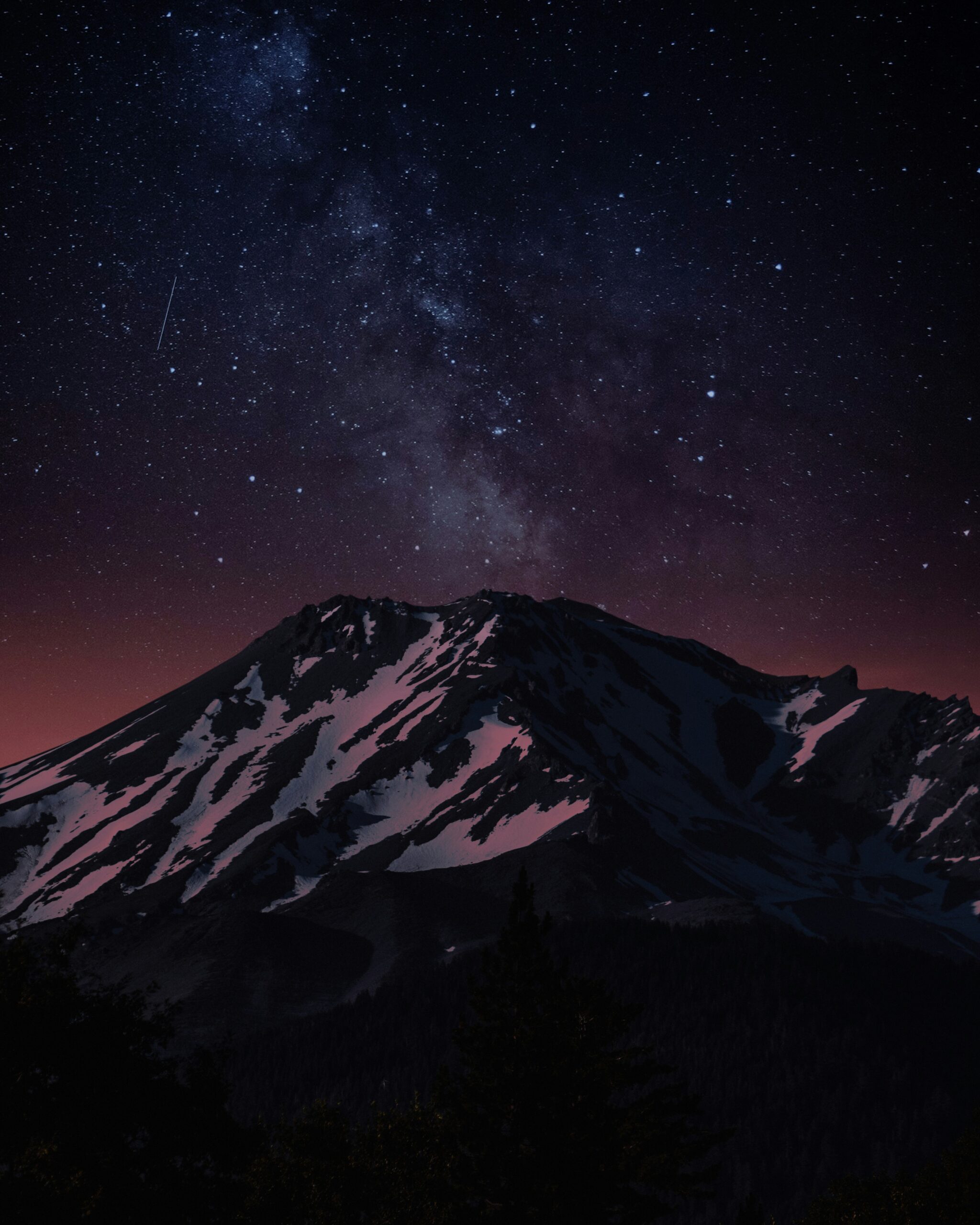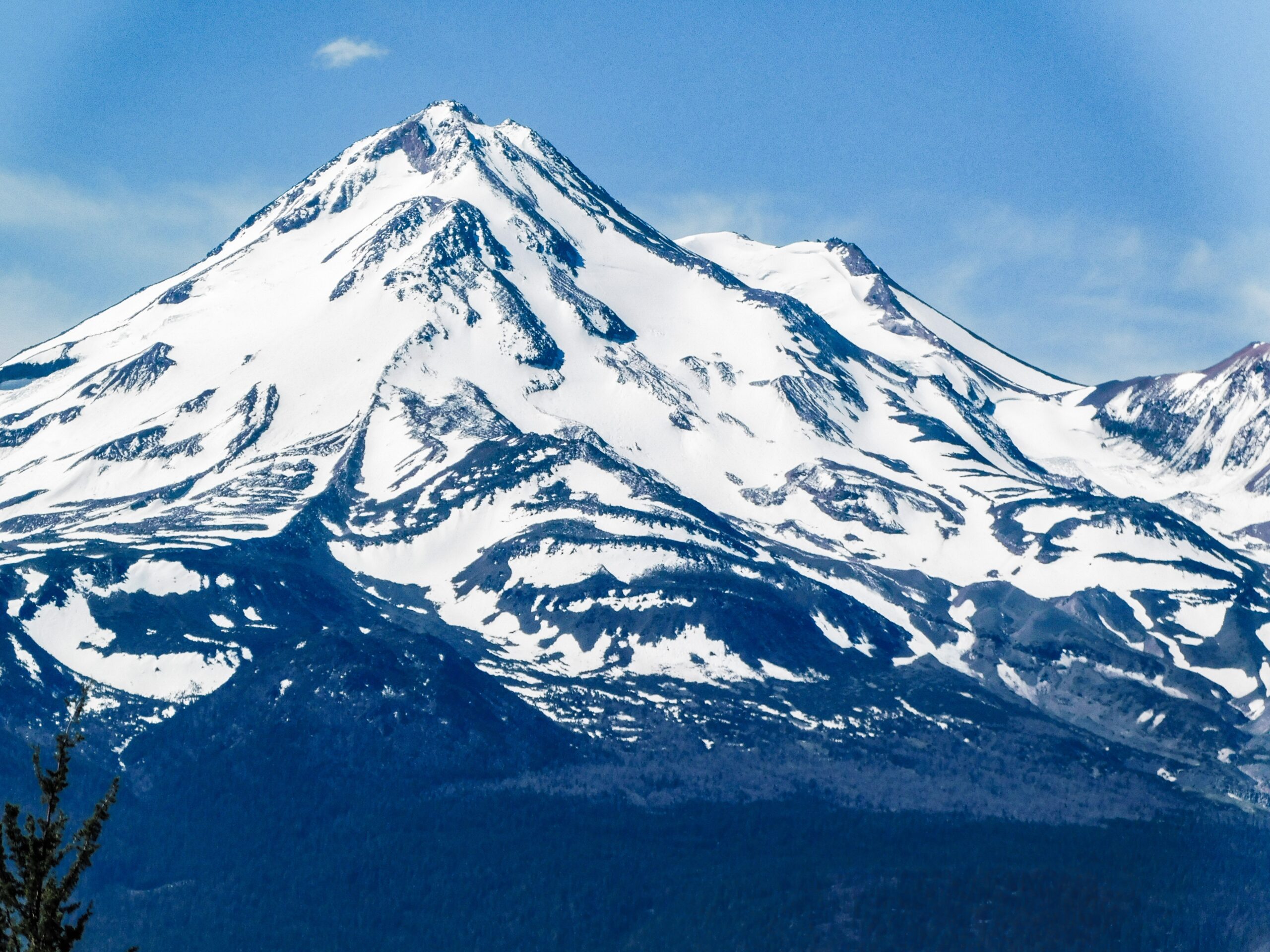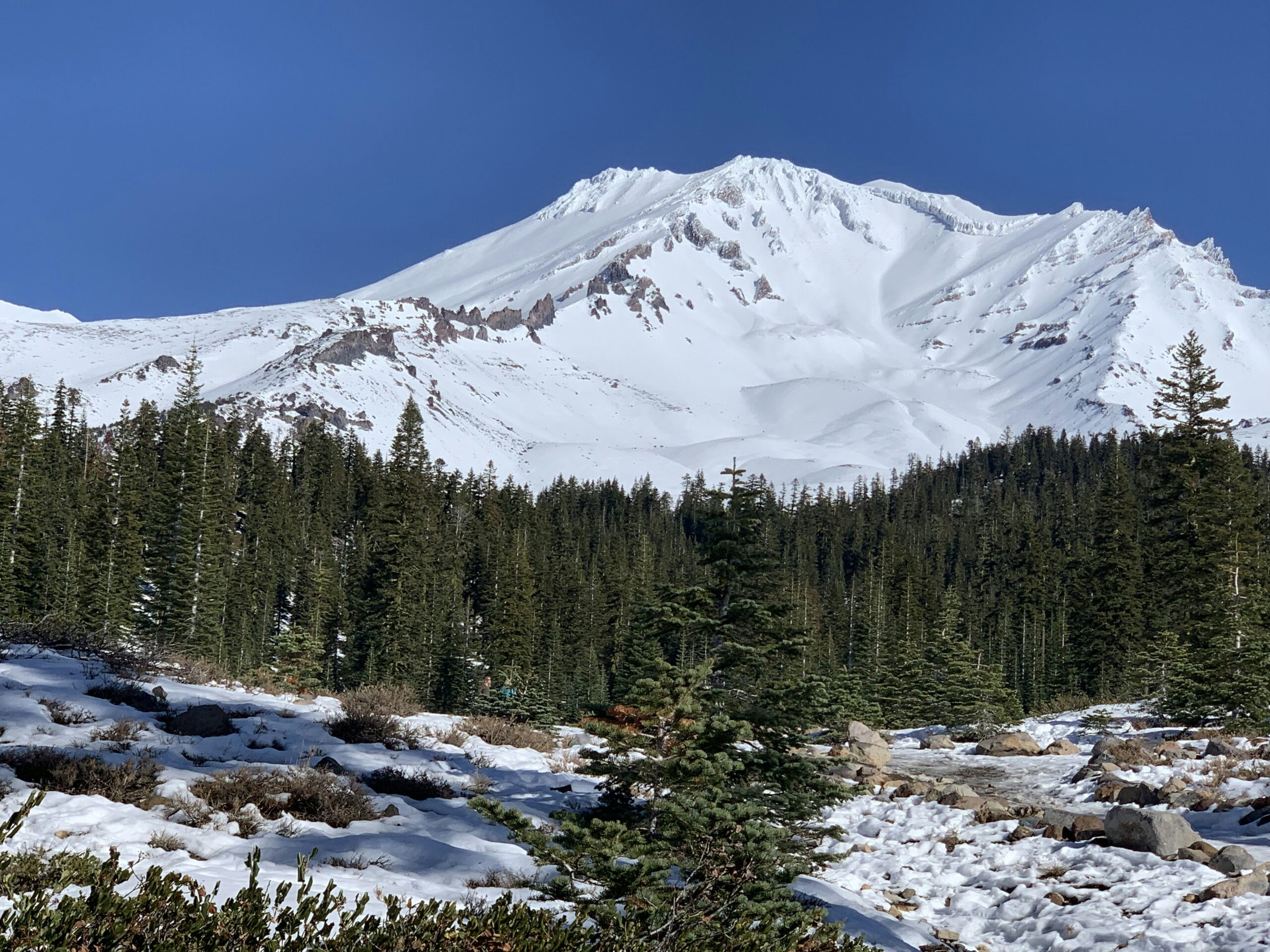If you've ever set your sights on conquering the majestic Mount Shasta, then you've probably wondered about the potential risks involved and how you can adequately prepare for them. One crucial aspect that should not be overlooked is rescue insurance. But fret not, for in this article, we will shed light on the available rescue insurance options specifically tailored for those venturing to climb Mount Shasta. So whether you're an experienced mountaineer or a first-time adventurer, read on to ensure you're well-informed and well-covered for your daring expedition.

Understanding Mount Shasta Risks
Mount Shasta, located in Northern California, is a popular destination for mountaineers and outdoor enthusiasts. However, it is important to understand the risks associated with climbing this majestic peak. Mountaineering carries inherent dangers, and Mount Shasta is no exception.
Defining mountaineering risks
Mountaineering risks can include extreme weather conditions, avalanches, rockfall, crevasses, altitude sickness, and falls. These risks can be unpredictable and vary depending on the time of year and the route chosen. It is crucial for climbers to be aware of these potential hazards and take appropriate precautions.
Unique hazards of Mount Shasta
Mount Shasta presents its own set of unique hazards. The mountain is known for its unpredictable weather, rapidly changing conditions, and high winds. The terrain can be steep, icy, and treacherous, especially on the higher slopes. The presence of crevasses and loose rock formations further adds to the challenges climbers face. It is essential for climbers to be well-prepared and equipped to handle these specific risks.
The Importance of Rescue Insurance for Climbers
When venturing into the mountains, climbers must consider the potential need for a rescue operation. While no one wants to think about accidents or emergencies, it is crucial to be prepared for such situations. Rescue operations can be costly, and having adequate insurance coverage can alleviate the financial burden associated with these operations.
Financial implications of rescue operations
Mountaineering accidents often require the assistance of highly skilled rescue teams, specialized equipment, and helicopters. These resources incur significant costs, which can easily amount to thousands of dollars. Without rescue insurance, climbers may find themselves responsible for these expenses, which can be financially devastating.
Benefits of having rescue insurance
Rescue insurance provides climbers with peace of mind, knowing that they will not be burdened with exorbitant rescue costs in the event of an emergency. Having insurance coverage ensures that professional rescue personnel can be dispatched promptly, minimizes the risk of delayed or inadequate assistance, and allows climbers to focus on their recovery without worrying about the financial implications.
American Alpine Club's Rescue Insurance
The American Alpine Club (AAC) offers rescue insurance specifically tailored to climbers and mountaineers. This coverage provides valuable benefits and can be a wise investment for anyone planning to climb Mount Shasta.
Coverage offered
The AAC's rescue insurance covers search, rescue, and evacuation costs up to $5,000 per person for accidents occurring in the United States. Additionally, it offers worldwide coverage for accidents occurring during international climbing expeditions. The insurance also covers emergency medical expenses up to $5,000.
How to apply
Climbers can easily apply for AAC's rescue insurance online through their website. The application process is simple and straightforward, requiring basic personal information and payment of the annual premium. Once approved, climbers will receive their insurance policy and be protected during their mountaineering endeavors.
Benefits and limitations
AAC's rescue insurance provides climbers with comprehensive coverage at an affordable price. However, it is important to note that the insurance only covers accidents related to mountaineering or climbing activities. It does not extend to other outdoor activities or medical emergencies unrelated to climbing. Additionally, the coverage is subject to specific exclusions and limitations outlined in the policy.
Mountain Rescue Association's Insurance Options
The Mountain Rescue Association (MRA) also offers insurance options specifically designed for climbers and mountaineers. Their coverage provides additional choices for climbers looking for comprehensive protection.
Coverage offered
MRA offers coverage for rescue operations, search and rescue expenses, emergency medical expenses, and medical evacuation costs. The coverage is available for accidents occurring anywhere in the world, ensuring that climbers are protected regardless of their location. The maximum coverage limits vary depending on the specific insurance plan chosen.
How to apply
Climbers interested in MRA's insurance options can apply online through their website. The application process involves providing personal information, selecting the desired coverage, and paying the annual premium. Once approved, climbers will receive their insurance policy and be covered for any climbing-related accidents.
Benefits and limitations
MRA's insurance options provide climbers with valuable coverage for emergency situations. However, it is crucial to carefully review the insurance policy to understand the specific benefits and limitations. Like any insurance product, MRA's coverage is subject to certain exclusions, deductibles, and maximum limits.

Global Rescue's Insurance Options
Global Rescue is another reputable provider of rescue insurance for climbers. Their insurance options offer a wide range of benefits to ensure climbers are protected during their expeditions.
Coverage offered
Global Rescue's insurance coverage includes search and rescue expenses, medical evacuation costs, emergency medical expenses, and even coverage for lost or stolen equipment. The coverage is available worldwide, allowing climbers to embark on international adventures with peace of mind.
How to apply
Climbers can apply for Global Rescue's insurance options online through their website. The application process involves providing personal information, selecting the desired coverage level, and paying the annual premium. Once enrolled, climbers will receive their insurance documents and have access to Global Rescue's extensive network of medical and security resources.
Benefits and limitations
Global Rescue's insurance options provide climbers with extensive coverage and access to their renowned team of medical and security experts. However, climbers should carefully review the policy to understand the specific benefits and limitations. It is important to note that Global Rescue's coverage primarily focuses on providing assistance during emergencies and does not replace regular health insurance.
Annual Multi-trip Travel Insurance
For frequent climbers who embark on multiple expeditions throughout the year, an annual multi-trip travel insurance plan may be a suitable option. This type of insurance provides coverage for both mountaineering rescues and other travel-related emergencies.
How can it cover mountaineering rescues
Annual multi-trip travel insurance typically includes provisions for adventure sports and activities, making it suitable for mountaineering. This coverage extends to search and rescue expenses, emergency medical expenses, and medical evacuation costs related to climbing accidents. It offers the flexibility of continuous coverage throughout the year, irrespective of the location and number of expeditions.
Benefits of multi-trip insurance for frequent climbers
Frequent climbers can benefit greatly from annual multi-trip travel insurance. The coverage not only provides protection for mountaineering accidents but also covers other travel-related emergencies such as trip cancellations, lost baggage, and travel delays. This comprehensive insurance option ensures that climbers are covered throughout their adventurous journeys.

Comparing Different Rescue Insurance Options
With various rescue insurance options available, it is crucial for climbers to compare and evaluate the different plans to find the one that best suits their needs.
Price comparison
When comparing different rescue insurance options, climbers should consider the annual premiums, deductibles, and any additional fees involved. It is essential to find a balance between affordability and the level of coverage provided.
Coverage comparison
Climbers should carefully review the coverage offered by different insurance providers. Consider the maximum coverage limits, specific benefits, and any exclusions or limitations. It is important to choose comprehensive coverage that adequately addresses the specific risks associated with climbing Mount Shasta.
Exclusivity clauses
Some insurance providers may have exclusivity clauses that limit coverage to specific mountain ranges or climbing activities. Climbers should ensure that the chosen insurance plan covers Mount Shasta specifically or allows for coverage in any mountain range.
Case Studies of Rescue Operations on Mount Shasta
To truly understand the importance of rescue insurance, it is helpful to examine historical incidents and the financial impact they had on climbers.
Historical incidents and their financial impact
Mount Shasta has seen numerous rescue operations throughout the years, many of which resulted in substantial costs for the individuals involved. These incidents involved injuries, frostbite, altitude sickness, and lost climbers. Without adequate insurance coverage, these climbers would have been responsible for the extensive expenses incurred during their rescues.
Intervention of insurance
In cases where climbers had rescue insurance, the financial burden was significantly reduced. Insurance coverage helped to cover rescue costs, medical expenses, and evacuation charges, allowing climbers to focus on their recovery rather than the financial aftermath. These case studies highlight the vital role that rescue insurance plays in safeguarding climbers' well-being and financial stability.
Preventive Measures to Reduce Rescue Incidents
While rescue insurance is crucial, climbers should also focus on preventing rescue incidents through proper planning and preparation.
Training and physical fitness
Being physically fit and knowledgeable about mountaineering techniques greatly reduces the risk of accidents and the need for rescue operations. Climbers should undergo appropriate training, acquire necessary skills, and maintain a high level of fitness to ensure a safe and enjoyable ascent of Mount Shasta.
Proper planning and route selection
Thoroughly researching and planning the climb is essential. Climbers should assess the difficulty level of their chosen route and take into account factors such as weather conditions, avalanche risks, and the presence of crevasses. Selecting an appropriate route helps minimize potential dangers and increases the chances of a successful and incident-free climb.
Checking weather conditions
The weather on Mount Shasta can change rapidly, and climbers should stay updated on the current and forecasted conditions before embarking on their ascent. High winds, storms, and extreme temperatures can greatly impact climbing safety. Regularly monitoring weather reports and obtaining up-to-date information from the Mount Shasta Ranger Station is vital to make informed decisions about whether to proceed or postpone the climb.
Mount Shasta Ranger Station and Rescue Services
The Mount Shasta Ranger Station and its dedicated rescue services play a crucial role in ensuring climbers' safety on the mountain.
Understanding their roles and responsibilities
The Mount Shasta Ranger Station is responsible for managing the mountain and providing crucial information and resources to climbers. They oversee permits, provide real-time weather updates, and offer guidance on climbing routes. In case of emergencies or rescue operations, the ranger station coordinates and mobilizes the appropriate response teams to assist climbers in need.
Services provided and their costs
The ranger station offers various services related to climbing Mount Shasta, including climbing permits, route information, and safety advice. These services are generally provided free of charge, but climbers may need to pay fees for camping permits in designated areas. It is crucial for climbers to understand the services available at the ranger station and any associated costs to ensure a well-informed and prepared climb.
In conclusion, understanding the risks associated with climbing Mount Shasta is essential for any prospective climber. Having rescue insurance can provide climbers with vital financial support and peace of mind during emergencies. The American Alpine Club, Mountain Rescue Association, and Global Rescue offer comprehensive insurance options tailored to climbers' needs. Comparison of different plans, preventive measures, and considering the services provided by the Mount Shasta Ranger Station are crucial steps in ensuring a safe and enjoyable climb. By being well-prepared and protected, climbers can fully embrace the beauty and challenges that Mount Shasta presents.
